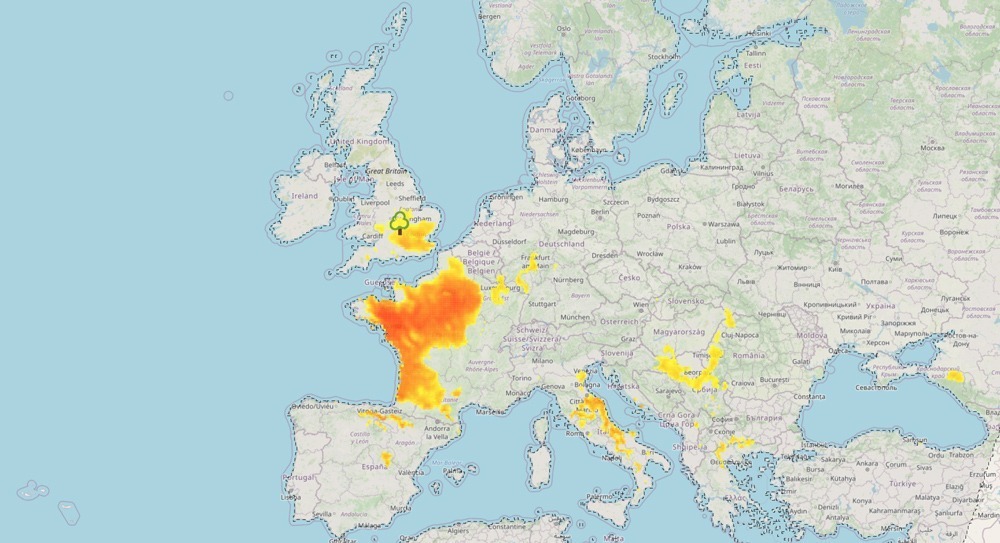Two UK government bodies responsible for the care of trees and forests have released a new tool to illustrate projected climate change for anywhere in Europe.
The new Climate Matching Tool has been developed by Forest Research and the Forestry Commission. It uses three climatic variables to match a future climate projection for your location with the best fitting current climate for a set of date ranges. Users can choose between 10-year or 30-year periods of monthly mean precipitation, average temperature, and diurnal temperature range.

The climate matching tools gives land managers an accessible method to demonstrate what the projected climate of a site may be like in the future, by suggesting similar analog areas in the current climate. The results can be used to help with forestry or other crop species choice, and in devising resilient land management systems. It will help practitioners begin to plan adaptation responses to climate change.
The tool is simple to use and works very smoothly
The tool is simple to use and works very smoothly. I like that the user can explore both where their climate envelope will migrate in future, and where the projected future climate envelope is currently located. I would have liked to see more options though, including some downloadable outputs, both map and text-based.
In striving for simplicity, the designers have necessarily projected annual mean temperate and precipitation. However, we know that both these are projected to change differently within and between future seasons. For example, in future much of the UK is thought likely to suffer from wetter winters and drier summers. These important aspects are not modelled in this tool but are important aspects for the land manager is seeking to design resilient woodlands. It is possible to select specific months under the ‘advance’ option, but it requires multiple searches with different month selections to gain a clear idea of the scenarios being modelled.
The most useful future development would be an option to start layering individual tree species responses on top of the climate scenarios (although this is available through the rather complex ESC Tool). For example, where does Robinia pseudoacacia currently thrive, and would it fit with the projected future climate for where I live? Quercus robur currently grows well near me, but where is it likely to thrive in future? Perhaps the team may be able to do this for us in the near future while still keeping the user-friendly design.
My rating:
Visit the Climate Match website: www.climatematch.org.uk
You may also like . . .


 This work is licensed under a Creative Commons Attribution- NonCommercial- NoDerivs 3.0 United States License.
This work is licensed under a Creative Commons Attribution- NonCommercial- NoDerivs 3.0 United States License.
